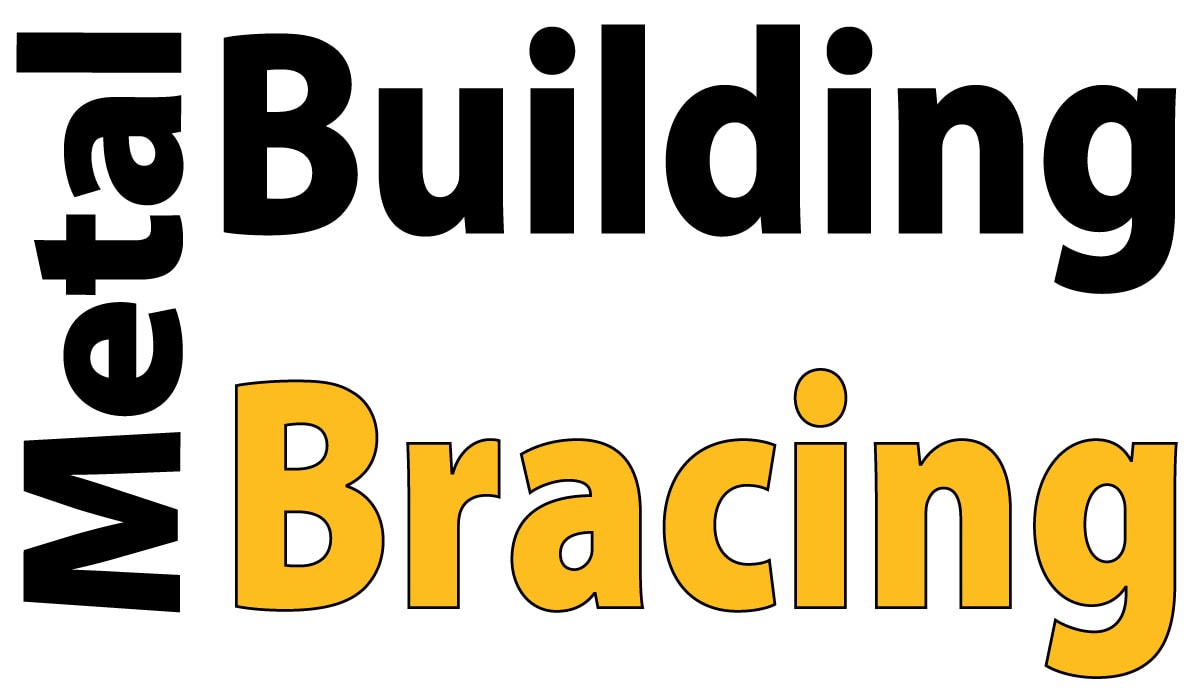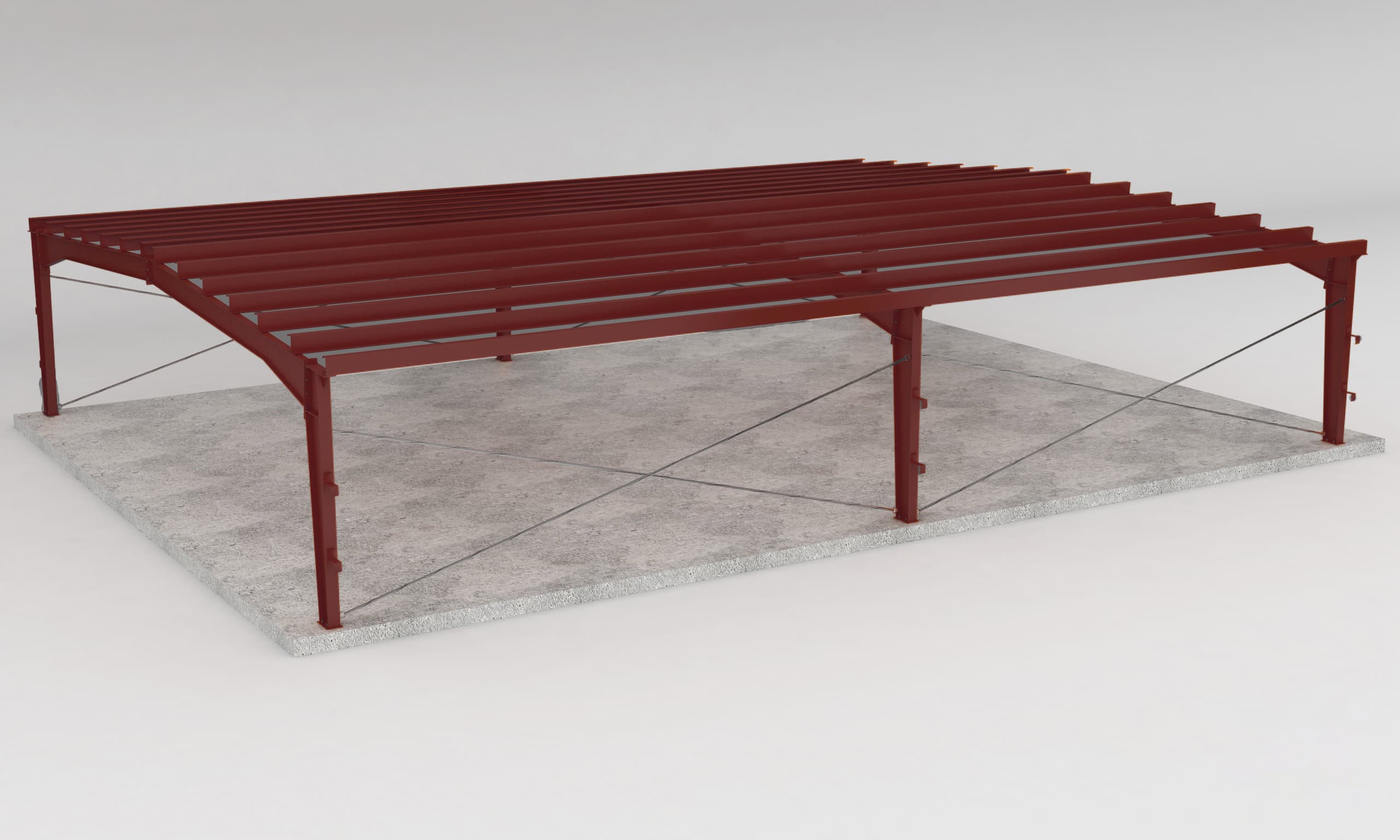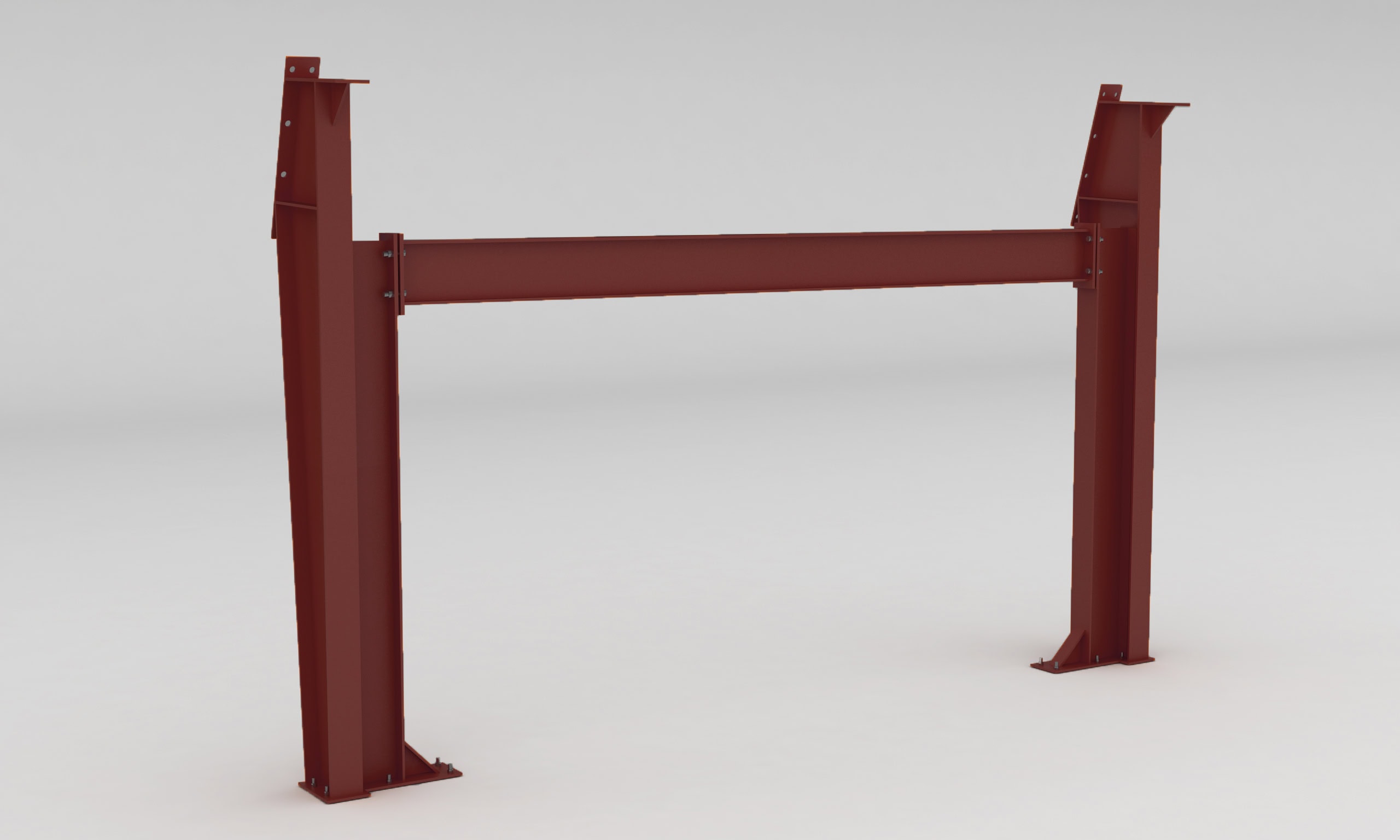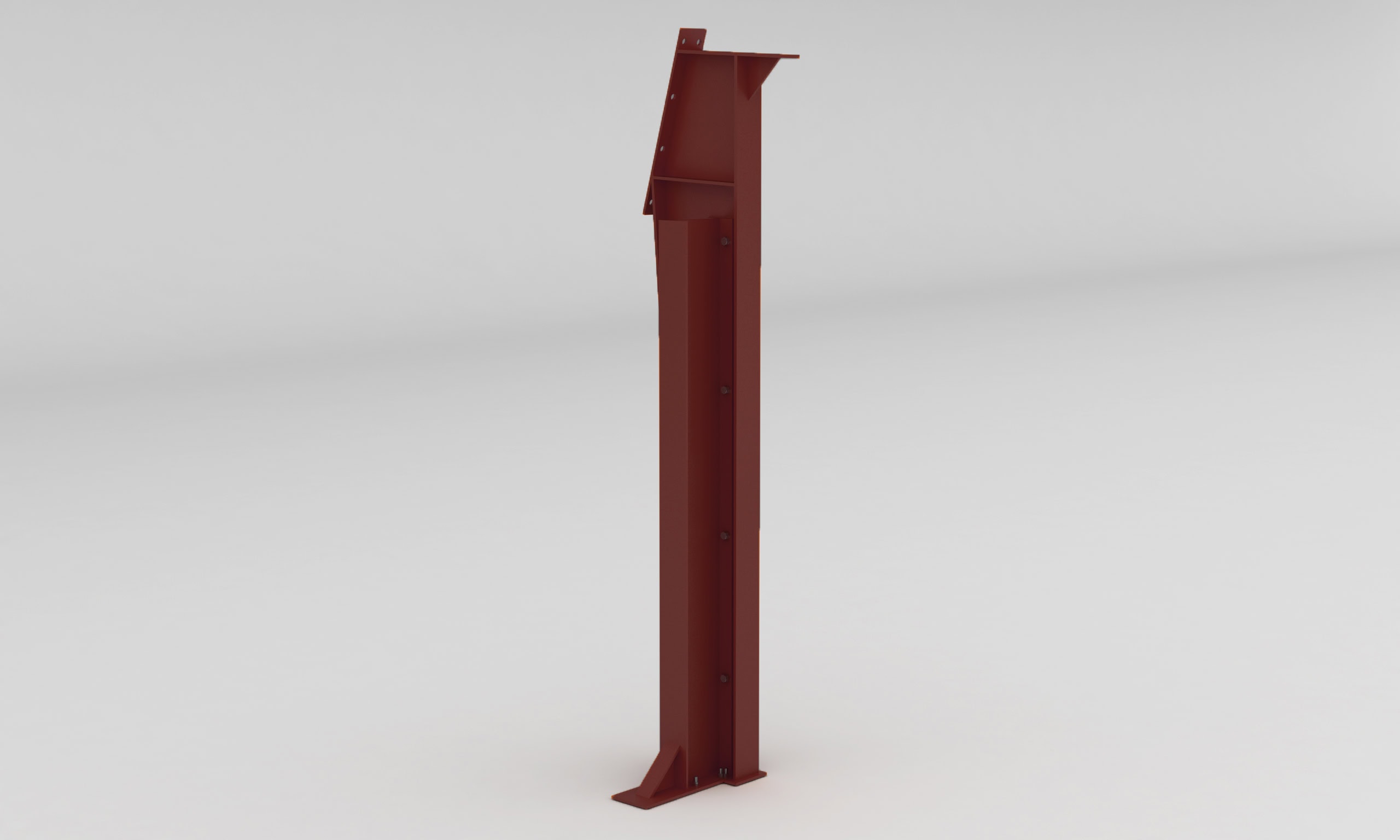Metal Building Bracing Conditions

Please note that Buck Steel does not sell metal building components separately. The bracing options listed below are only available to our metal building customers.
Images are displayed for presentation purposes only.
Cable Bracing
The most commonly used building bracing is to use cable or rod bracing between columns in the form of a letter x.
Sometimes referred to as “x-bracing” or “cable-bracing” or “rod-bracing”, this method consists of sets of cables or rods in the roof (between the rafters) and in the walls (between the columns).
The quantity of locations to be braced is determined by the design criteria.
Portal Frame
A portal frame is a I-shaped sub-frame consisting of two columns and a rafter placed between the two adjacent mainframe columns in a bay.
Because of their high cost, portal frames are usually used only after considering the other forms of bracing.
When used in a bay with a commercial rollup door, a portal frame will require additional clearance above the rollup door resulting in the need for the height of the building to be increased.
Fixed Base Bracing
A “fixed base” or “wind column” is an additional vertical member, which reinforces a column, that attaches to the foundation.
This form of bracing is commonly used when x-bracing causes an interference with framed openings in a particular bay.
Wind columns do require modifications to the foundation design and will result in higher concrete costs.



